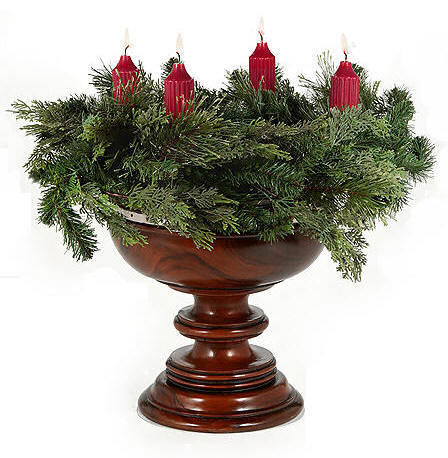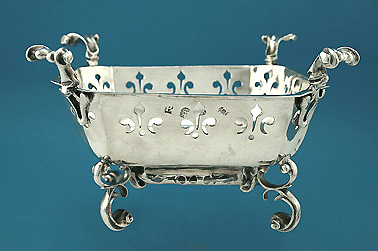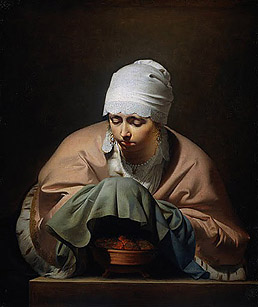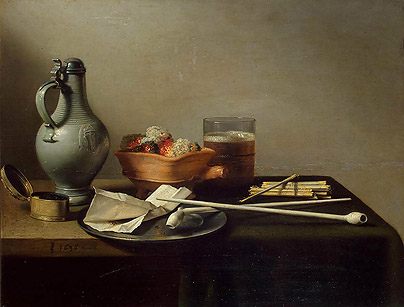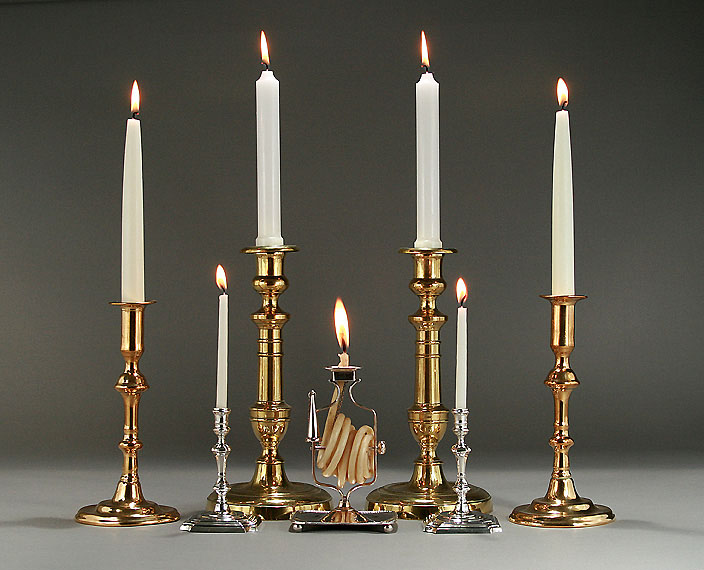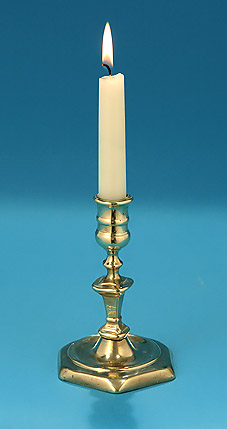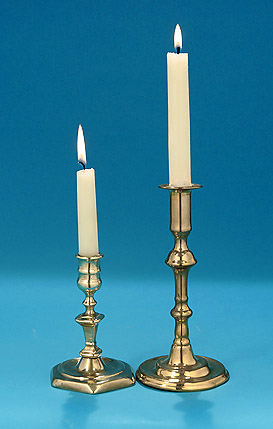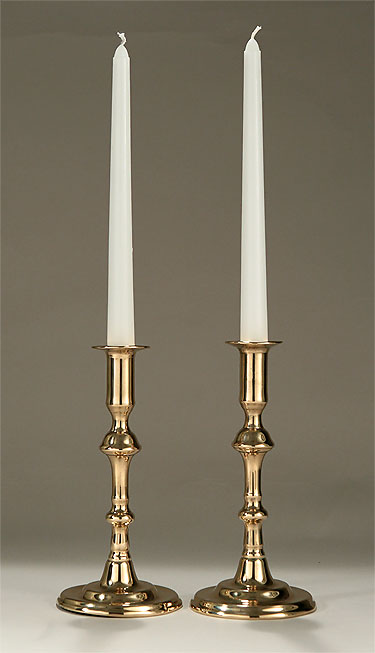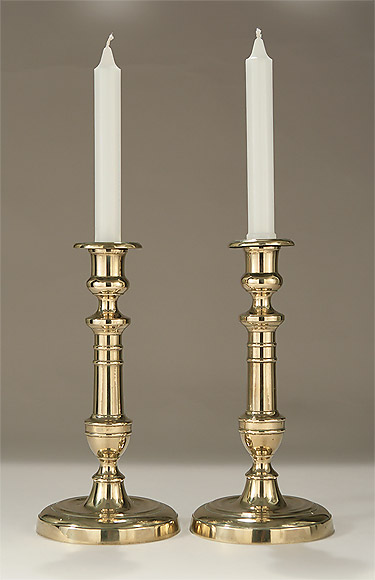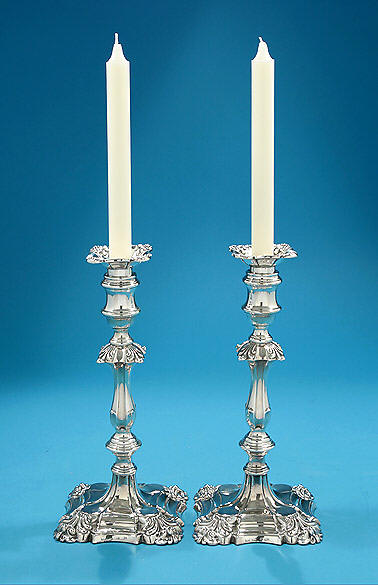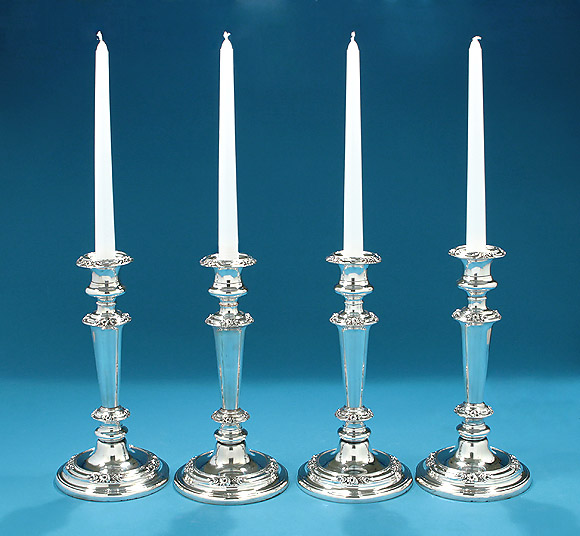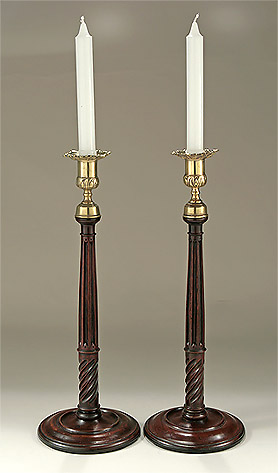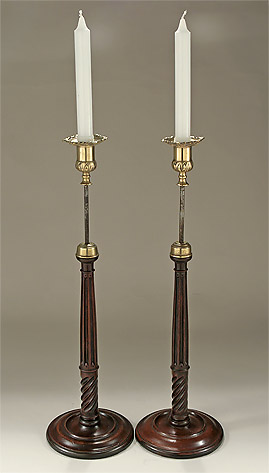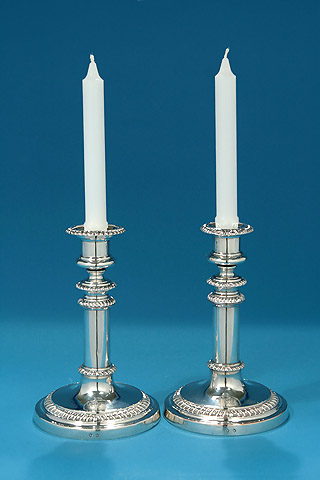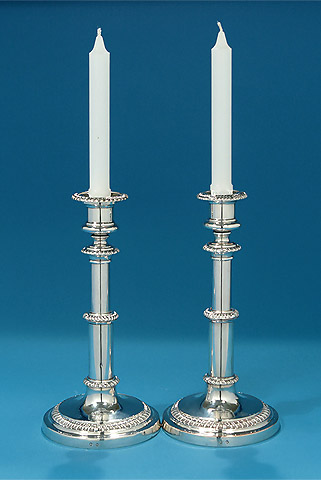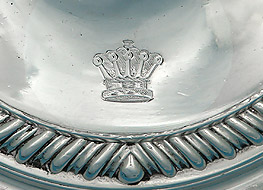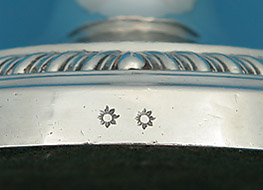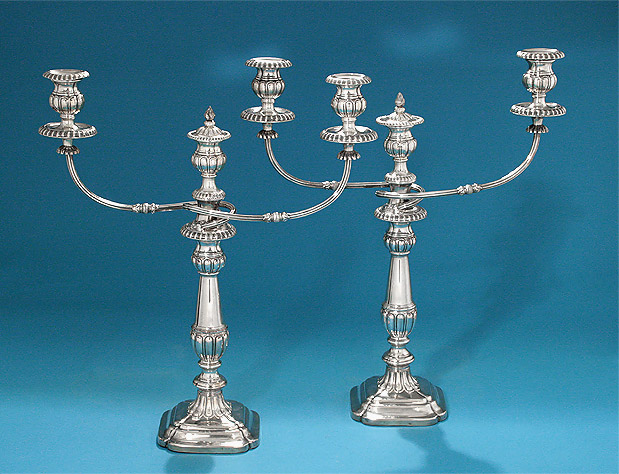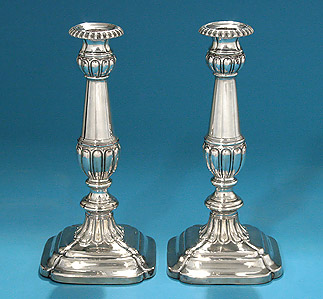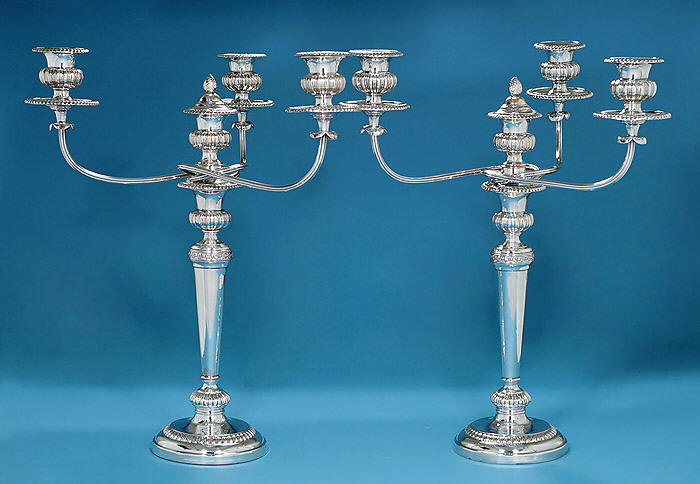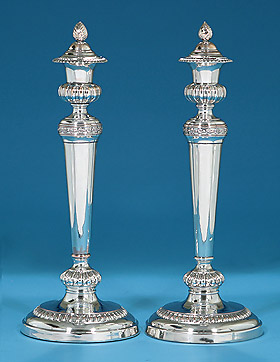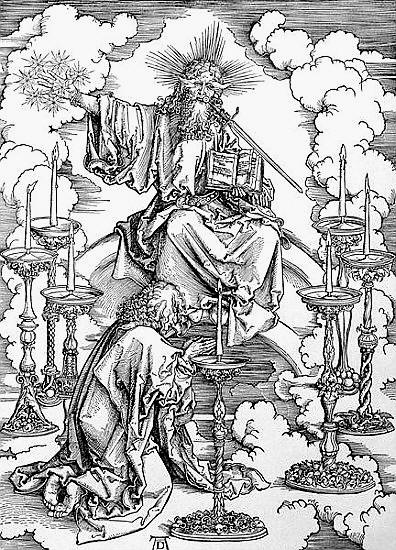|
M. FORD CREECH ANTIQUES & FINE ARTS
ALL OUT OF DARKNESS WE HAVE LIGHT...
|
|||||||||||||||||||||||||||||||||||||||
|
|
|||||||||||||||||||||||||||||||||||||||
|
All out of darkness we have light Which made the angels sing this night; All out of darkness we have light Which made the angles sing this night; "Glory to God and peace to men, Now and forevermore. Amen.".
|
|||||||||||||||||||||||||||||||||||||||
|
|
|||||||||||||||||||||||||||||||||||||||
|
LIGHT FOR THE DARKNESS....
|
|||||||||||||||||||||||||||||||||||||||
|
|
|||||||||||||||||||||||||||||||||||||||
|
|||||||||||||||||||||||||||||||||||||||
|
Oil lamps and braziers were an early source for light. Braziers have been in use for over 2000 years - for light, warmth, cooking & ritual - in almost every civilization in the world. The Bible speaks of braziers heating the winter palace of King Jehoiakim. Bronze braziers have been found among the ruins of Pompeii. In Japan, a brazier is called "hibachi".
Most braziers were made of clay or a strong metal. The brazier above is of fine silver, from the 17th century in England, where it was a receptacle for hot glowing coals and fitted with supports for heating food or perhaps scents for the air. The form is similar to the clay braziers used in The Netherlands for warming hands, and often for igniting sulfur sticks for lighting tobacco pipes (as below). |
|||||||||||||||||||||||||||||||||||||||
|
|
|||||||||||||||||||||||||||||||||||||||
|
|
|||||||||||||||||||||||||||||||||||||||
|
Two Paintings by Cesar Boëtius van Everdingen, c1650, The Netherlands
|
|||||||||||||||||||||||||||||||||||||||
|
|
|||||||||||||||||||||||||||||||||||||||
|
|
|||||||||||||||||||||||||||||||||||||||
|
|
|||||||||||||||||||||||||||||||||||||||
|
|||||||||||||||||||||||||||||||||||||||
|
|
|||||||||||||||||||||||||||||||||||||||
|
....AND MULTIPLIED..... . |
|||||||||||||||||||||||||||||||||||||||
|
Set of Four George III Old Sheffield Plate Candlesticks England, c1815
On my personal dining table, I keep a set of 4 Old Sheffield Plate candlesticks around a center-bowl raised on a silver dish cross - and display the candelabra on the sideboard. Not only do the four single sticks make conversation and viewing easier, but on a pedestal-form table offer more stability when the table is occasionally bumped - which happens. 10" High
|
|||||||||||||||||||||||||||||||||||||||
|
|
|||||||||||||||||||||||||||||||||||||||
|
....AND
TELESCOPED UP AND DOWN.... |
|||||||||||||||||||||||||||||||||||||||
|
|
|||||||||||||||||||||||||||||||||||||||
|
Pair of George III Mahogany and Brass Telescoping Candlesticks England, Last Half 18th century Finely turned with cast brass acanthus form candlecups
"A considerable variety of wooden candlesticks was made by Thomas Chippendale and his contemporaries, introduced in the mid-18th century, the stems elegantly turned, and decorated with gadrooning or acanthus ornament." (Dictionary of English Furniture, MacQuoid & Edwards) I have been fascinated in using these, as they have an entirely different effect from metal, ceramic or glass candlesticks. They actually appear to become part of the wooden furniture upon which they rest, extending the furniture upward in space, rather than simply sitting on the top. 15.75" High, Extending to 23.5" |
|||||||||||||||||||||||||||||||||||||||
|
|
|||||||||||||||||||||||||||||||||||||||
|
|
|||||||||||||||||||||||||||||||||||||||
|
|
|||||||||||||||||||||||||||||||||||||||
|
Pair of George III Old Sheffield Plate Telescoping Candlesticks Matthew Boulton Birmingham, England, c1800-1810 Each marked with the double sun and crested with an earl's coronet
For those of you unfamiliar with Matthew Boulton : Boulton was not only an important British silversmith who was active in establishing the silver assay office in Birmingham, but he was a pioneer with James Watt in the development of the steam engine, making possible the mechanization of factories and mills throughout the United Kingdom. His techniques were also applied to minting coins, striking millions of coins for the British Royal Mint, as well as for other countries. 8.5" High, extending to 11" High
|
|||||||||||||||||||||||||||||||||||||||
|
|||||||||||||||||||||||||||||||||||||||
|
|
|||||||||||||||||||||||||||||||||||||||
|
Large Pair of George III Old Sheffield Plate Convertible Three-Branch Candelabra England, c1815-20 Quite large; of excellent quality and weight, With central extension, and retaining the original central flame Convertible to candlesticks, as shown below with "flame" The candelabra, 21.5" High |
|||||||||||||||||||||||||||||||||||||||
|
|
|||||||||||||||||||||||||||||||||||||||
|
|
|||||||||||||||||||||||||||||||||||||||
|
"There's a light, there's a light in the darkness And the black of the night cannot harm us We can trust not to fear for our comfort is near There's a light, there's a light in the darkness" -Beth Nielsen Chapman, Performed by Emmylou Harris, Light of the Stable
|
|||||||||||||||||||||||||||||||||||||||
|
|
|||||||||||||||||||||||||||||||||||||||
|
|
|||||||||||||||||||||||||||||||||||||||
|
|
|||||||||||||||||||||||||||||||||||||||
|
"St. John's Vision of the Sever Candlesticks", Albrecht Dürer, c1497-98, Woodcut George III Silver-Mounted Lignum Vitae Wassail Bowl, England, c1800, Personal Collection "All Out of Darkness...", "Sussex Carol", Traditional
|
|||||||||||||||||||||||||||||||||||||||
|
|
|||||||||||||||||||||||||||||||||||||||
|
Please click the above images or titles for further images and information Click below for our other Christmas Catalogs : "Wassail! Wassail! All Over the Town"...& for the Fruit Trees
|
|||||||||||||||||||||||||||||||||||||||
|
|
|||||||||||||||||||||||||||||||||||||||
|
As usual, please email or call if you have any questions.
Wishing you light and laughter throughout this Holiday Season ! "Wæs Hal!" Millicent Ford Creech
901-761-1163 (gallery) / 901-827-4668 (cell)
581 S. PERKINS ROAD / LAURELWOOD COLLECTION / MEMPHIS, TN 38117 Hours : Wed.-Sat. 11-6, or by appointment Complimentary Gift Wrapping
mfcreech@bellsouth.net or mfordcreech@gmail.com
To receive our periodic email catalogs, please click here
American Express, Mastercard, Visa and Discover accepted
|
|||||||||||||||||||||||||||||||||||||||
|
|
|||||||||||||||||||||||||||||||||||||||
|
Home Accessories Ceramics Early Asian Ceramics Fine Art Furniture Glassware Silver
|
|||||||||||||||||||||||||||||||||||||||
|
|
|||||||||||||||||||||||||||||||||||||||
|
© Some text amd images are copyrighted by their authors and used by permission. They appear here for your enjoyment only. Please do not reproduce without specific written permission.
All out of darkness, we have light! Light for the darkness
|
|||||||||||||||||||||||||||||||||||||||
